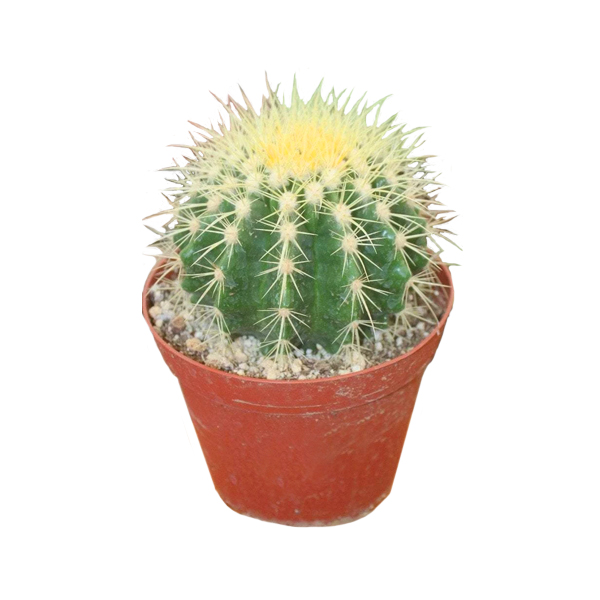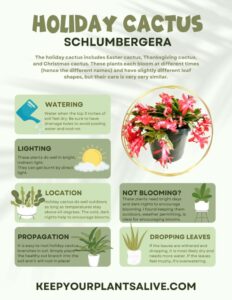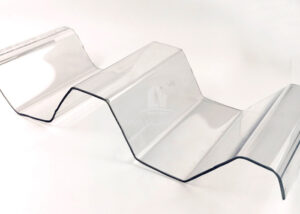When considering adding a barrel cactus to your indoor or outdoor garden, understanding the nuances of planting and care is essential. These remarkable succulents are not only aesthetically pleasing, but they also possess a unique charm that personifies the beauty of the arid landscapes from which they originate. In this guide, the intricacies of safely planting a barrel cactus will be meticulously outlined to ensure robust growth and survival.
Barrel cacti, belonging to the genus Echinocactus, are particularly renowned for their cylindrical shape and majestic spines. While they might seem deceptively simple to plant and care for, certain factors come into play that can significantly influence their health and durability. Here is a comprehensive guide on how to safely plant a barrel cactus.
Understanding the Barrel Cactus: An Overview
Barrel cacti are characterized by their rounded body and pronounced ribs, which can often be adorned with sharp, colorful spines. These spines serve dual purposes: offering protection from herbivores and aiding in moisture retention by creating a microclimate around the cactus. This hardy plant can thrive in a variety of conditions, though it is essential to mimic its native habitat as closely as possible to promote optimal growth.
As a succulent, the barrel cactus stores water in its fleshy tissues, making it well-adapted to arid environments. Its flowering capabilities are equally enchanting, with vibrant blooms emerging from the crown, adding a splash of color to your landscape. However, it is crucial to choose the right variety according to your climate and intended setting, as not all barrel cacti are suited for every environment.
Selecting the Ideal Location for Planting
The first step to safely planting a barrel cactus is choosing the appropriate location. This decision hinges on two primary factors: sunlight and drainage.
Sunlight is critical for the health of barrel cacti. These plants thrive in full sun, requiring at least six hours of direct sunlight daily. When selecting a spot, assess how much sunlight the area receives throughout the day. A south-facing location in your garden is often ideal. If planting indoors, a bright, south-facing window would provide the necessary light exposure.
Drainage cannot be overstated. Barrel cacti demand well-draining soil to prevent root rot, a common affliction that can devastate these hardy plants. A sandy loam or a cactus-specific potting mix will ensure excess water drains quickly, providing an environment where the roots can breathe. Avoid areas where water tends to accumulate after rainfall or overwatering, as standing water can lead to detrimental outcomes.
Preparing the Planting Site
Proper preparation of the planting site is crucial for the establishment of a healthy barrel cactus. Begin by clearing the area of debris, weeds, or other competing plants that may hinder growth.
If planting in the ground, dig a hole that is approximately twice the diameter of the cactus’s rootball and equally deep. This additional space allows for the roots to extend and settle into the surrounding soil. When working with potted barrel cacti, choose a pot that is slightly larger than the original container, ensuring there are adequate drainage holes.
Once your hole or pot is ready, it’s advisable to mix some organic compost with the native soil. This enriches the soil while still maintaining the vital drainage properties required by the cactus. Place a layer of gravel or stones at the bottom of the hole or pot. This acts as an additional drainage layer, further minimizing the risk of water retention around the roots.
Planting Techniques for a Healthy Start
When it comes to planting, handle the cactus with care. The spines can be quite sharp, and they can inflict discomfort if not managed properly. Wearing gloves and using tongs or a thick cloth can protect your hands.
Gently remove the barrel cactus from its pot if it is potted, ensuring minimal disturbance to the roots. Place it upright in the center of the hole or pot and backfill with your prepared soil mixture. Make certain the soil level around the cactus matches the level it was previously growing at to prevent issues associated with over- or under-burying the roots.
After planting, lightly pat down the soil around the base of the cactus to eliminate air pockets, but avoid compacting it too firmly. Water moderately, allowing the soil to settle and the roots to acclimate to their new environment.
Caring for Your Newly Planted Barrel Cactus
Once planted, the care regimen of a barrel cactus is relatively uncomplicated, but vigilance is required. Optimal care includes adequate sunlight, limited watering, and periodic fertilization.
Monitoring water needs is particularly crucial during the first months after planting. Water sparingly, allowing the top inch of soil to dry out completely before the next watering. This approach mimics natural conditions where rainfall is infrequent. As your barrel cactus establishes itself, it will require even less frequent watering.
Fertilization can be beneficial during the growing season, generally spring through summer. A diluted cactus fertilizer allows nutrients to seep into the soil without overwhelming the plant. However, refrain from fertilizing in the fall and winter months when the cactus enters dormancy.
Finally, watch for pests. The barrel cactus is relatively resilient but can occasionally fall victim to mealybugs or scale. Should infestations occur, removing them manually or using an insecticidal soap may be necessary.
In conclusion, planting a barrel cactus is a rewarding endeavor that, when done with care, can yield thriving results. With appropriate attention to detail from site selection to ongoing care, your barrel cactus can become a stunning focal point in your garden or home, a tribute to the resilience of nature.





Leave a Comment